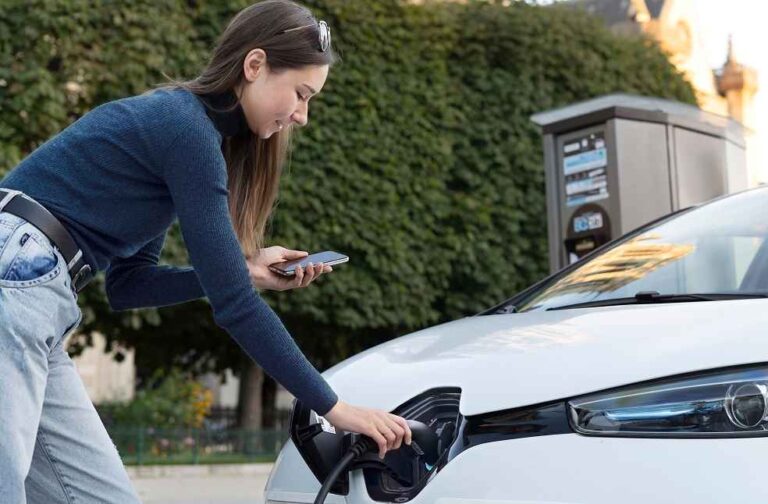The federal EV tax credit officially ends today, marking the last opportunity for buyers or lessees of eligible electric vehicles to claim up to $7,500 in savings. The long-standing incentive, which also offered up to $4,000 for used EVs, will expire under the legislation passed earlier this summer as part of President Donald Trump’s so-called ‘Big Beautiful Bill.’
The $7,500 federal incentive, implemented in two major phases over nearly 17 years, was created to promote the manufacturing and adoption of electric vehicles in the U.S. It played a major role in making EVs more affordable, helping to lower prices for both new and used models. Beyond its financial impact, the credit became a highly debated symbol of the challenges and evolution facing the American auto industry in its transition to electrification.

The federal EV tax credit unfolded in two major phases—the first launched in late 2008, and the second began in 2023. Initially introduced at the tail end of the George W. Bush administration during a severe downturn in the U.S. auto industry, the program was intended to spur interest in plug-in electric vehicles by offering a $7,500 credit. Later, under President Barack Obama, the incentive was restructured into a point-of-sale rebate aimed at putting one million EVs on the road. This credit became part of a broader clean energy tax package that passed with strong bipartisan backing in October 2008.
In 2022, the Biden administration overhauled the EV tax credit by dividing it into two $3,750 portions—one tied to the sourcing of critical minerals and the other to battery component sourcing. Each portion came with progressively stricter domestic content requirements. To qualify, vehicles also had to be assembled in North America, and an income cap was introduced for buyers, though it included a significant loophole. Additionally, the government introduced a separate $4,000 credit for used electric vehicles and another incentive for eligible commercial EVs.

The Republican-led repeal of EV tax credits under the One Big Beautiful Bill Act is projected to reduce federal spending by approximately $189.7 billion over the next ten years, according to estimates from the Congressional Budget Office.
In anticipation of the tax credit’s expiration, consumers purchased more new electric vehicles in August than in any previous month in U.S. history, with sales totaling 146,332 units, a nearly 18% increase compared to the same month in 2024, according to Cox Automotive. Fully electric cars accounted for 9.9% of all new vehicle sales, marking another significant milestone in the EV market.
Dealers across the country, automakers, and industry forecasts reported strong sales momentum but are bracing for a potential downturn. The loss of the $7,500 federal tax credit is expected to hit the industry hard in the coming months. With the average EV priced at around $57,000, compared to $49,000 for a typical new car, the credit has played a crucial role in narrowing the cost gap between electric and gasoline-powered vehicles.
GENERAL | Pony ai and WeRide to Begin Autonomous Driving Trials in Dubai





